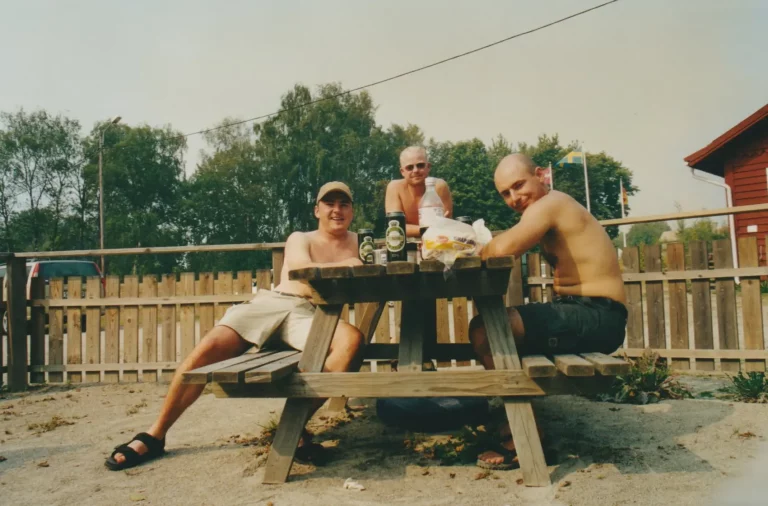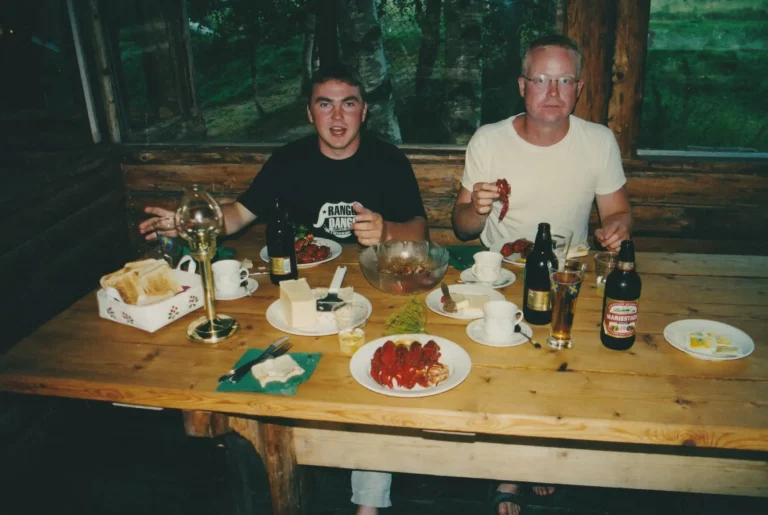From Asa Herrgard to Alshult by canoe in 9 stages
In the summer of 2002, my friend Dieter, my fellow student Wolfgang and I went on a canoe trip in Smaland, Sweden.
We rented a canoe and a kayak at the Alshult Kanotbas and were driven to the northern end to Asa Herrgard, where we started our tour.
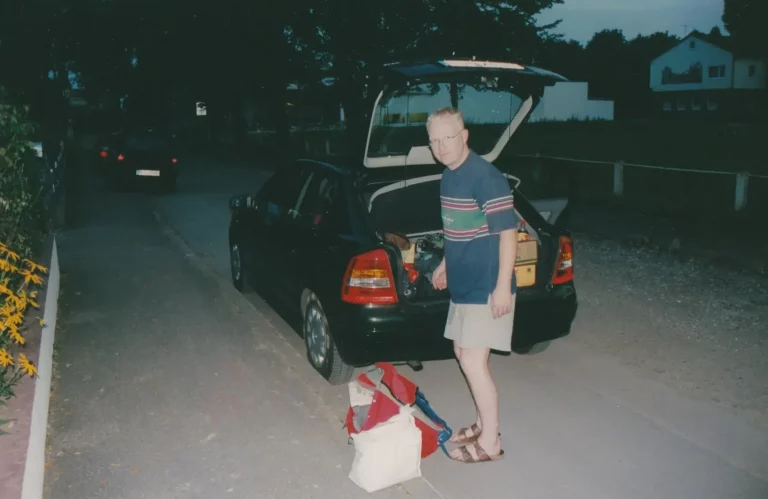
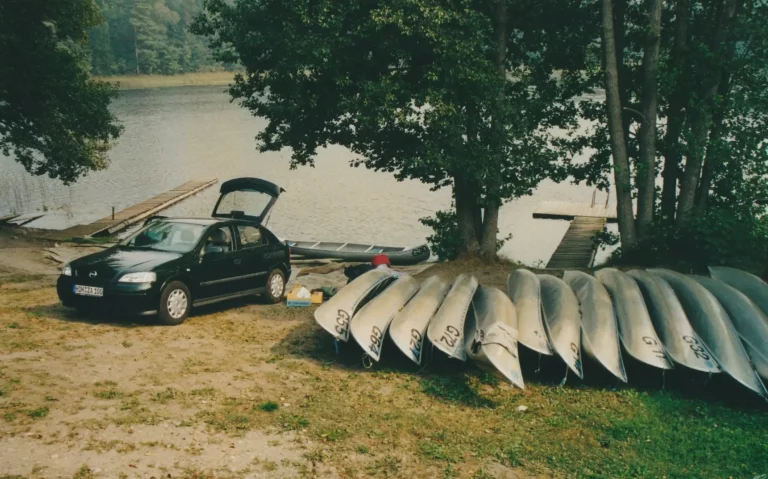
Early in the morning we pack our car and drive – as we have done so often – via the A7 and the Vogelfluglinie to Sweden.
We arrive in Smaland in the late afternoon and spend the first night at the Getnö Gard campsite on Lake Asnen.
The next morning we book a canoe and a kayak with accessories and let the landlord drive us to the starting point in northern Asa Herrgard.
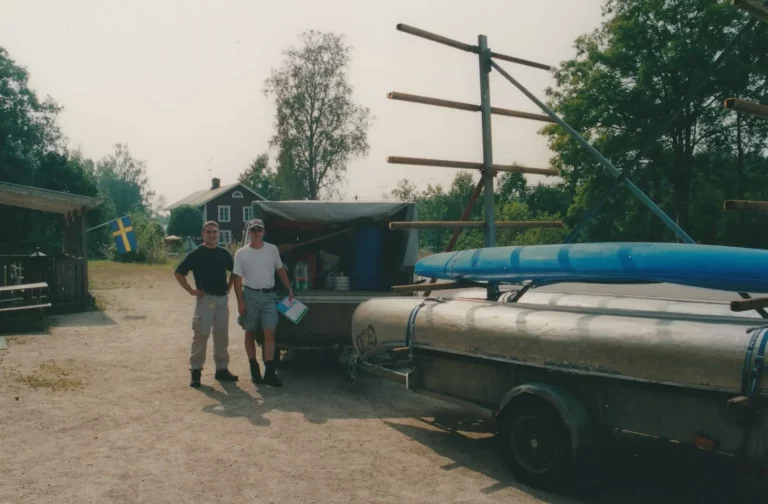
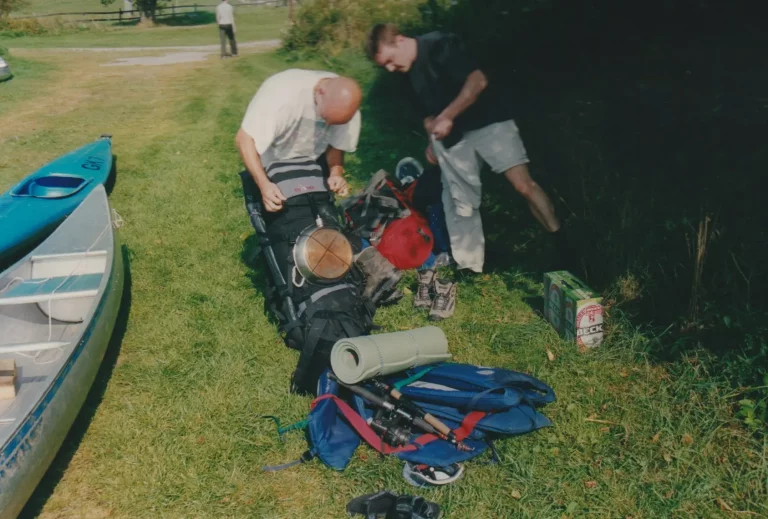
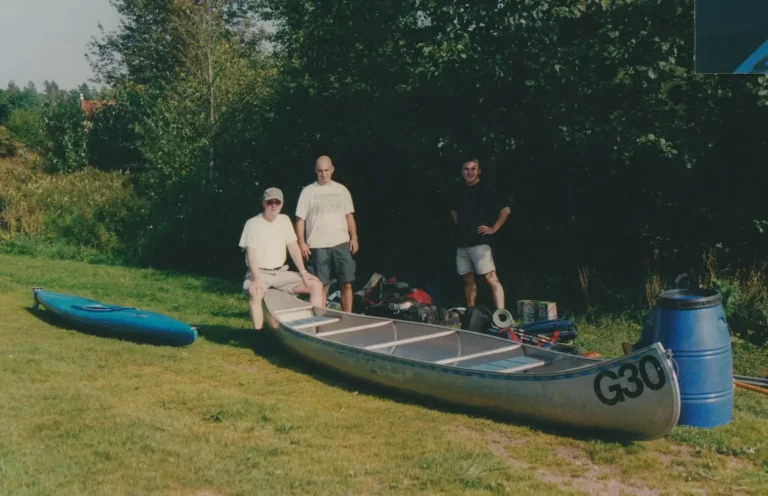
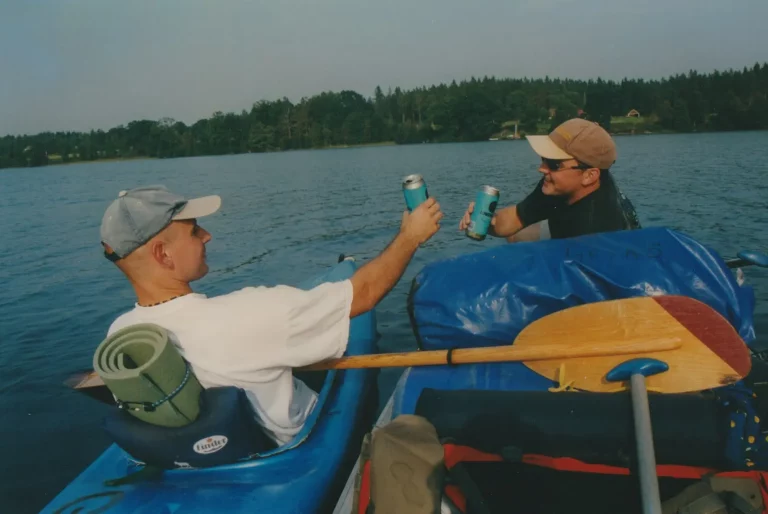
There we pack our things into the boats and start our tour.
Of course, the obligatory starter beer should not be missing.
We drive south on the Asasjön until the evening, where we find a nice campsite on the east bank – marked “Asasjön Vindskydd” on the map.
After setting up for the first time and sorting our supplies again, we prepare our first camp.
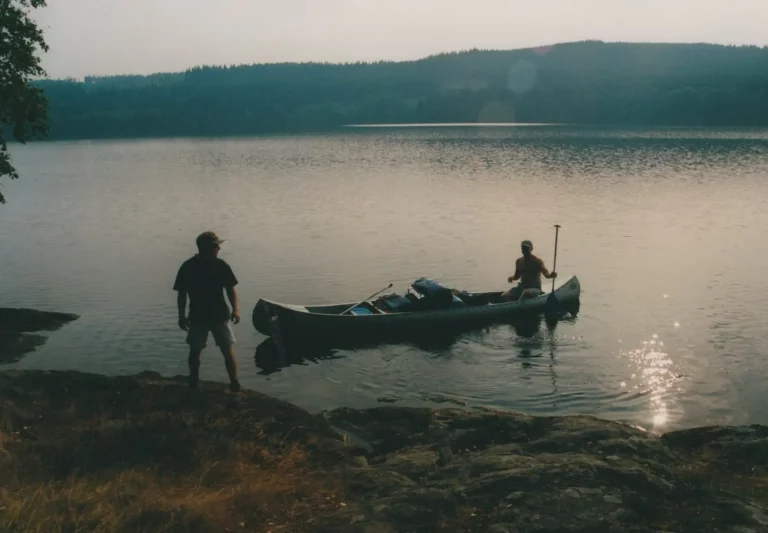
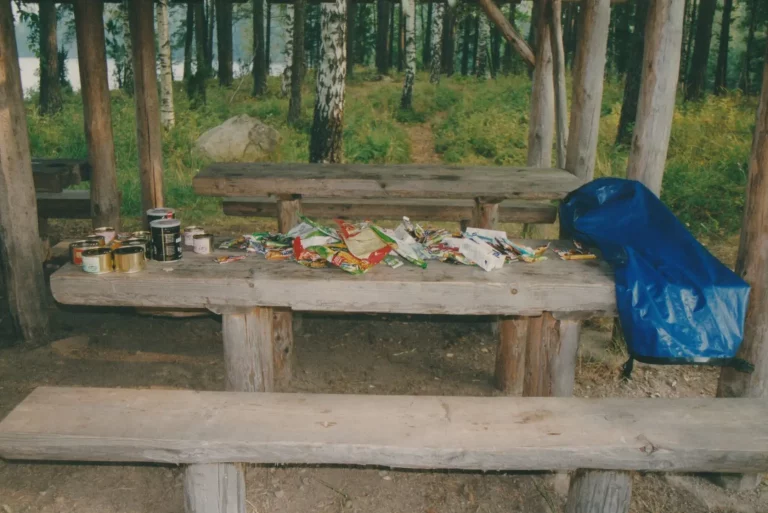
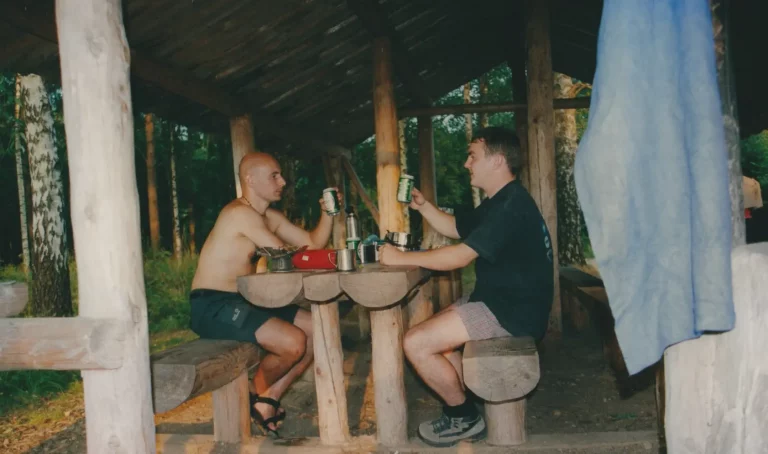
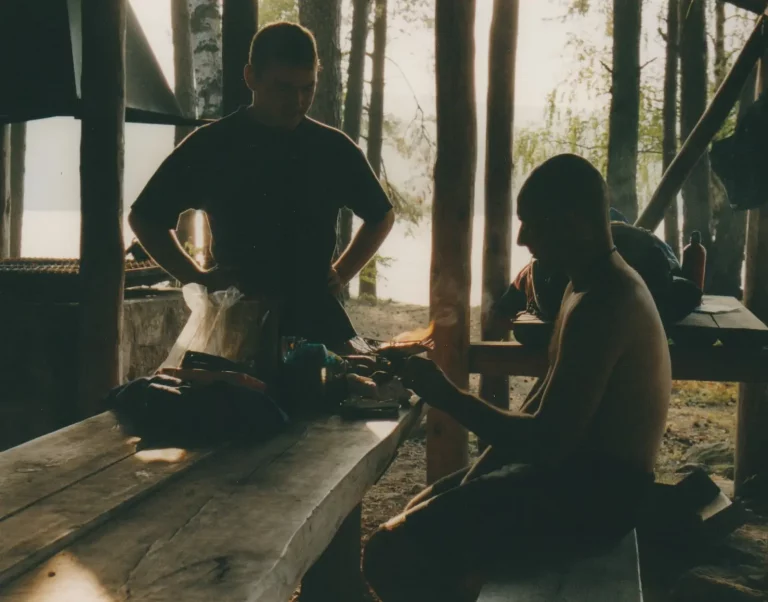
A warm meal, an after-work beer and a quiet night later, we continue south.
It is not decided who rides in which boat and so we swap seats in the boats every day.
The weather is sunny and hot.
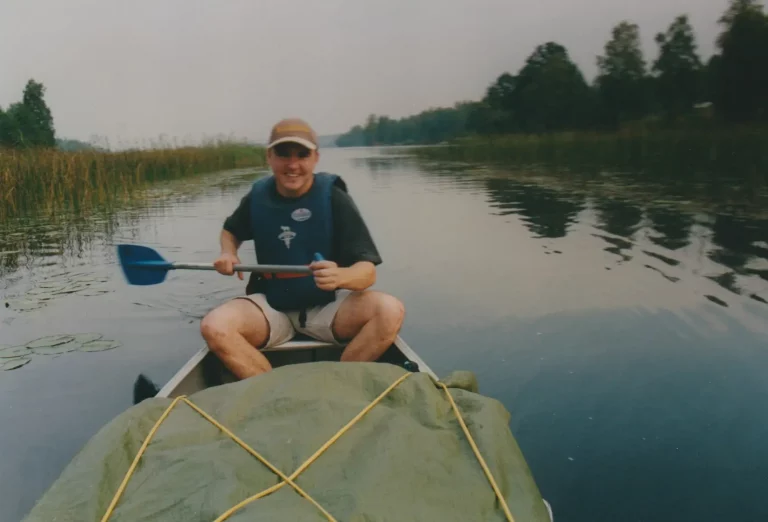
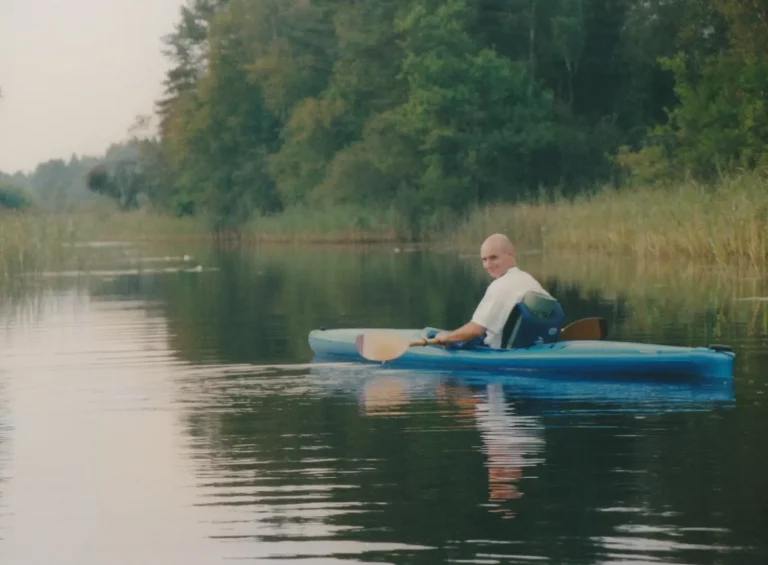
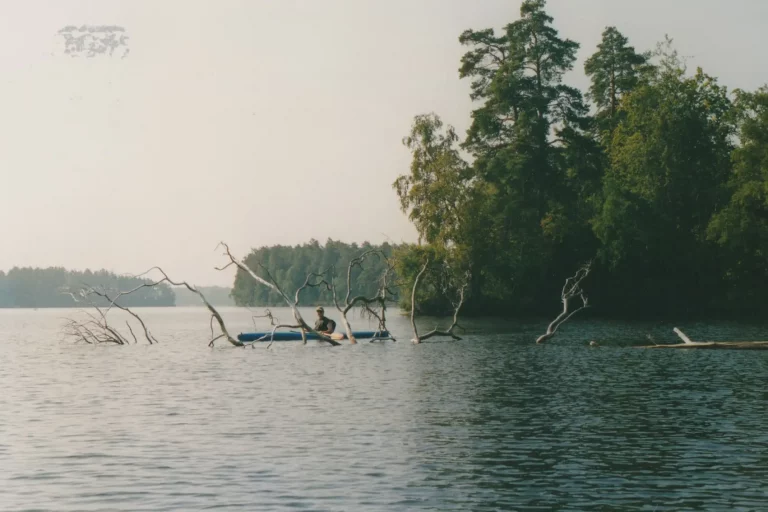
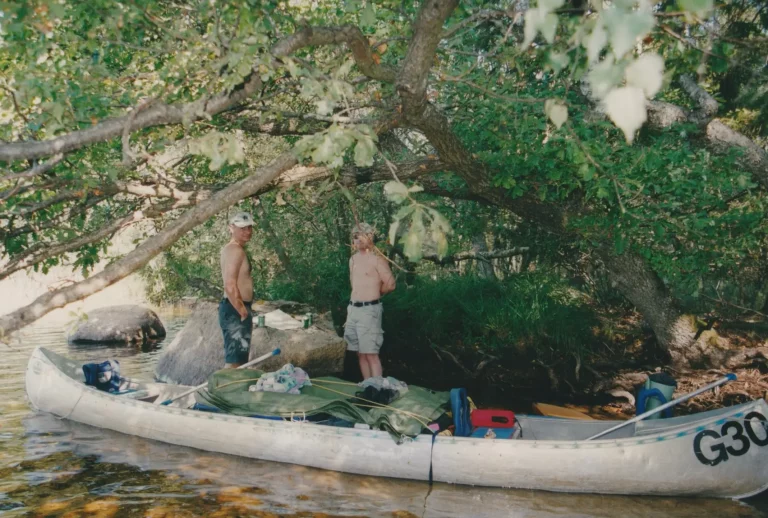
At the southern end of the Asasjön it goes through a canal that flows into the Tolgasjön at Tolg.
Tolgasjön is a relatively narrow and long lake with a pristine character, as the shore is not populated and the surrounding civilization is not noticeable.
During the midday hours we seek shelter and shade on the bank under trees and bushes.
As we continue, at Aby we go back into a canal that flows into the Helgasjön.
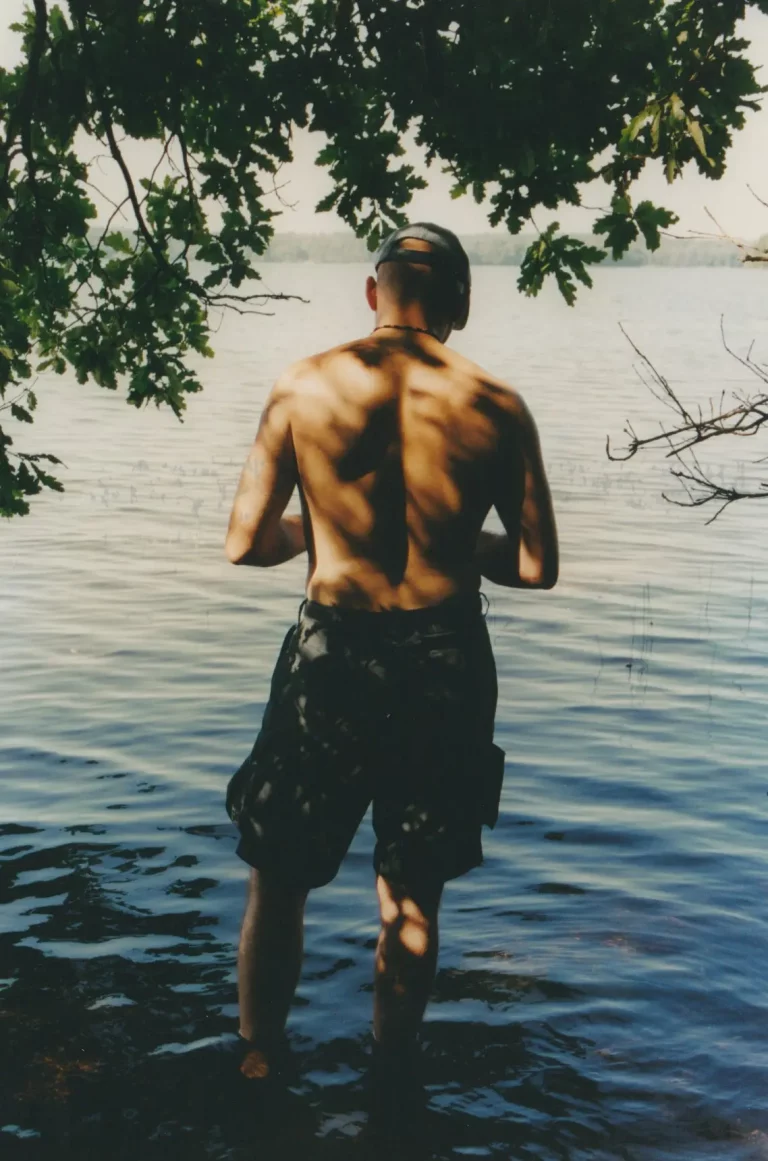
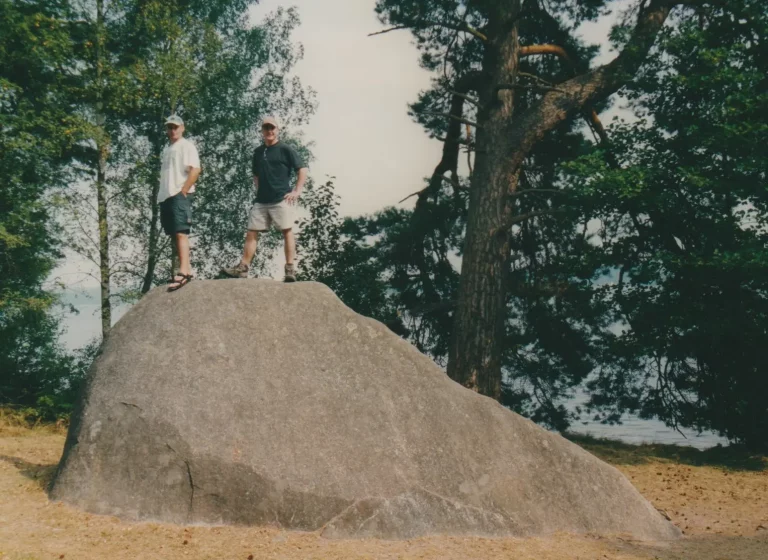
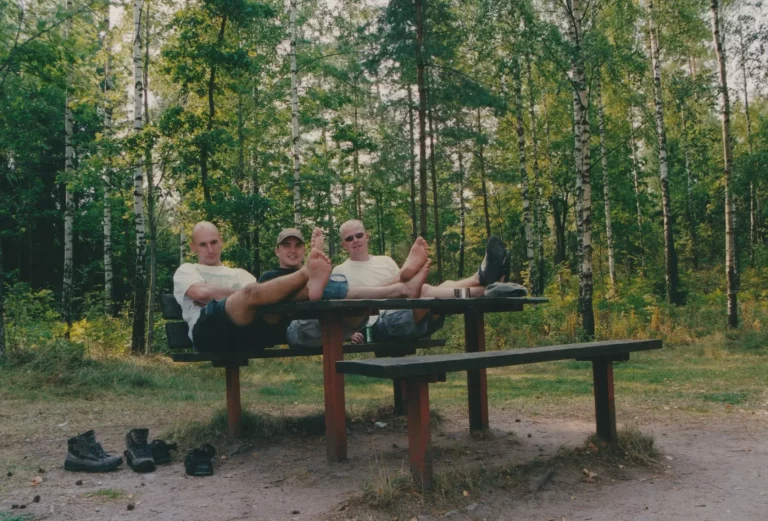
When the weather is good, we set up our second campsite on the west bank about 2km south of Aby.
Helgasjön is also very pristine with several nature reserves and many small islands.
We drive east past the Helgö Nature Reserve to the large town of Vaxjö.
There we pass another canal between the districts of Räppe and Bredvik which leads us into Lake Bergkravasjö.
Here we have to take our boats out of the water twice and portage them a few meters on foot.
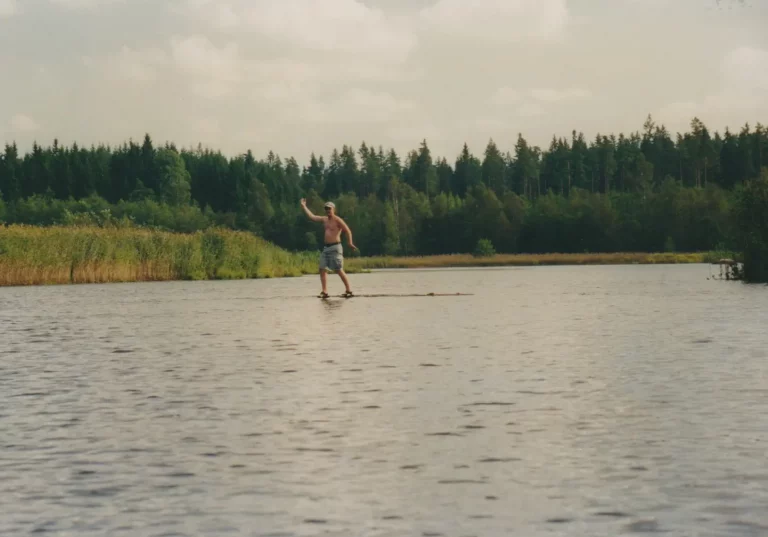
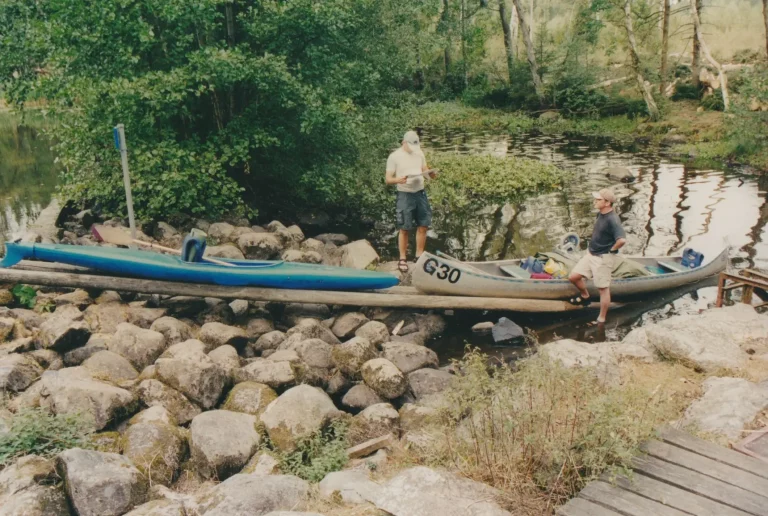
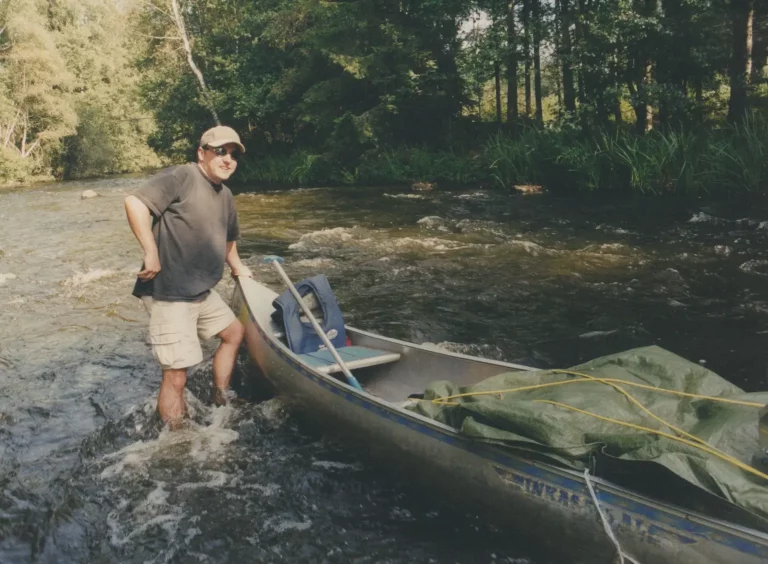
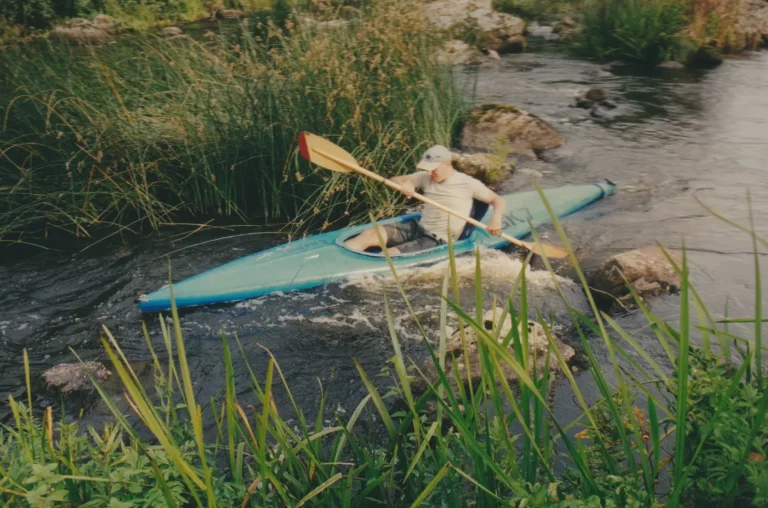
Later this day we drive across the lakes Krakesjön and Gemlasjön towards Furen.
At the transition between these lakes there is a very interesting section of white water with small, natural barrages and very low water levels.
The canoe has to be pulled on foot, but we have a lot of fun on this route with the kayak.
Our third campsite near Öja was not a good choice because there were millions of mosquitoes on the river bank that made life difficult for us that evening.
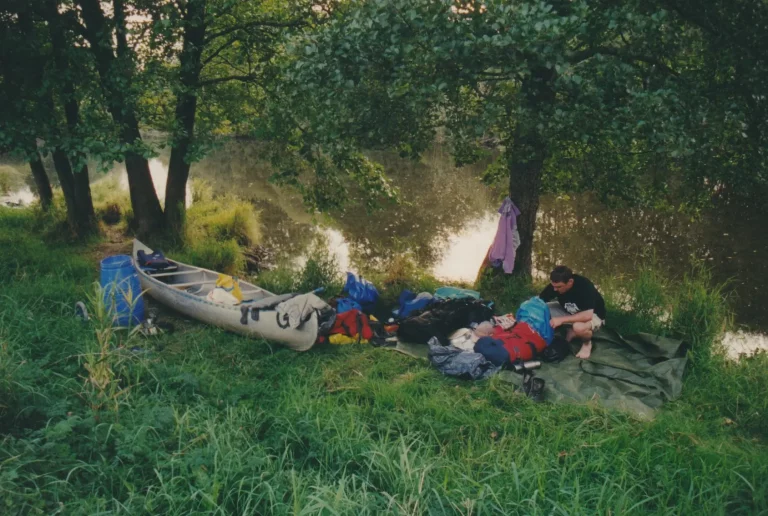
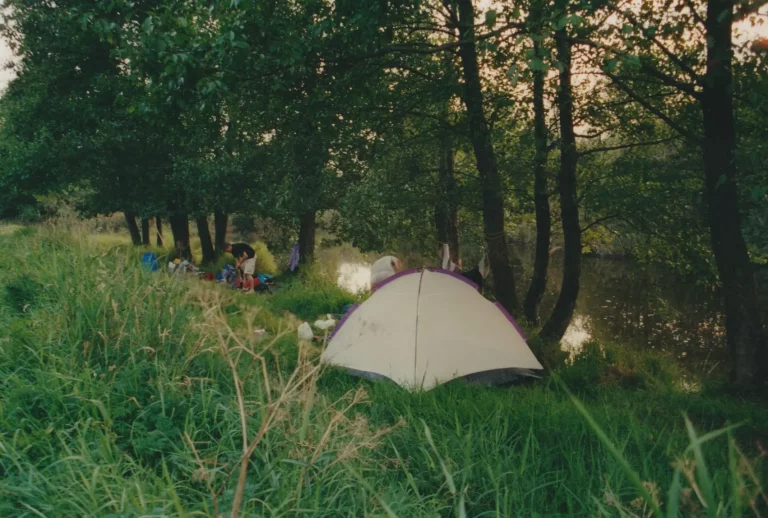
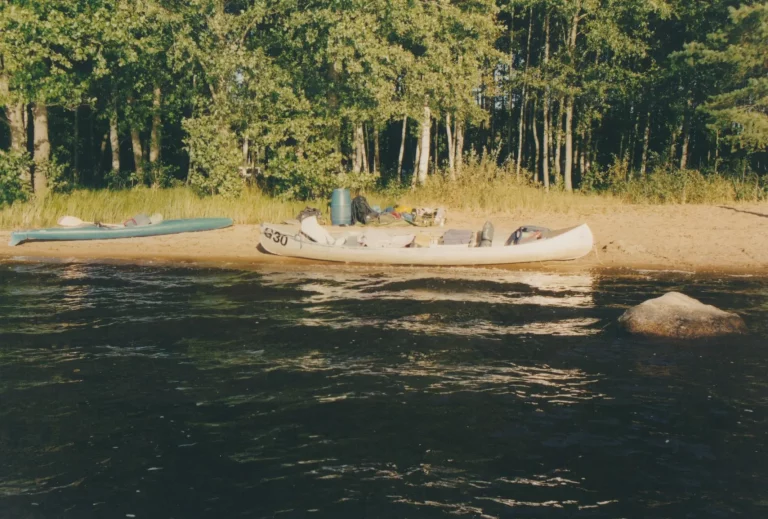
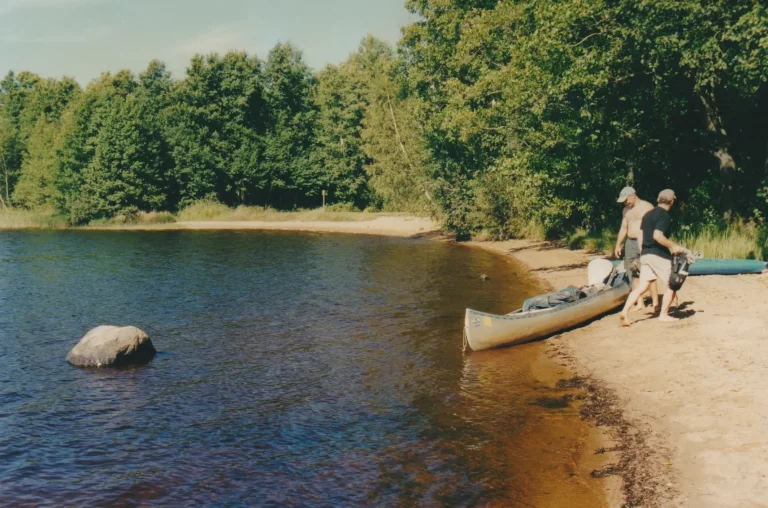
Via Lake Furen and further kilometers of canals we arrive at Mjölnaretorpet on Lake Salen.
From here there is only one canal passage at Huseby Bruk, but for now we can enjoy the vastness of the Swedish lakes again.
Our fourth campsite is the bathing area at Törnakra, about 1km north of the canal passage.
The sandy beach creates a Caribbean atmosphere in the evening.
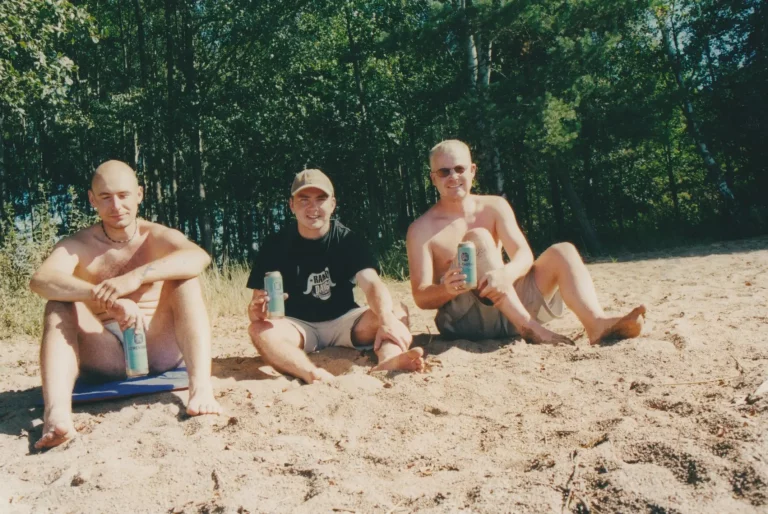
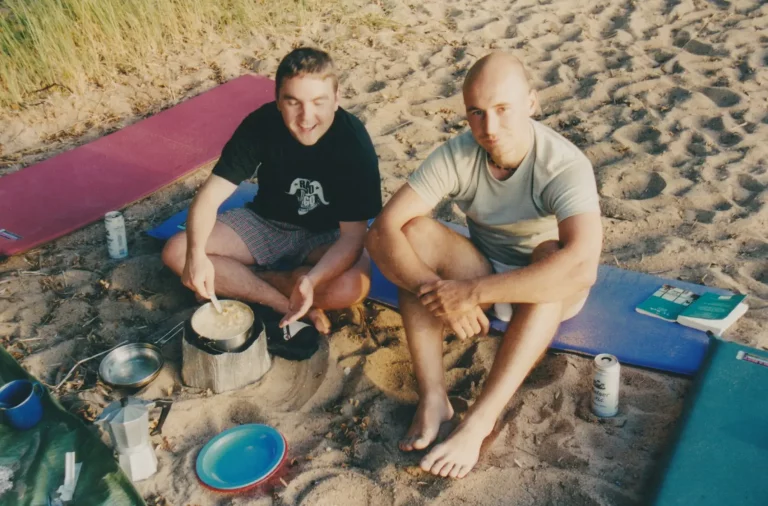
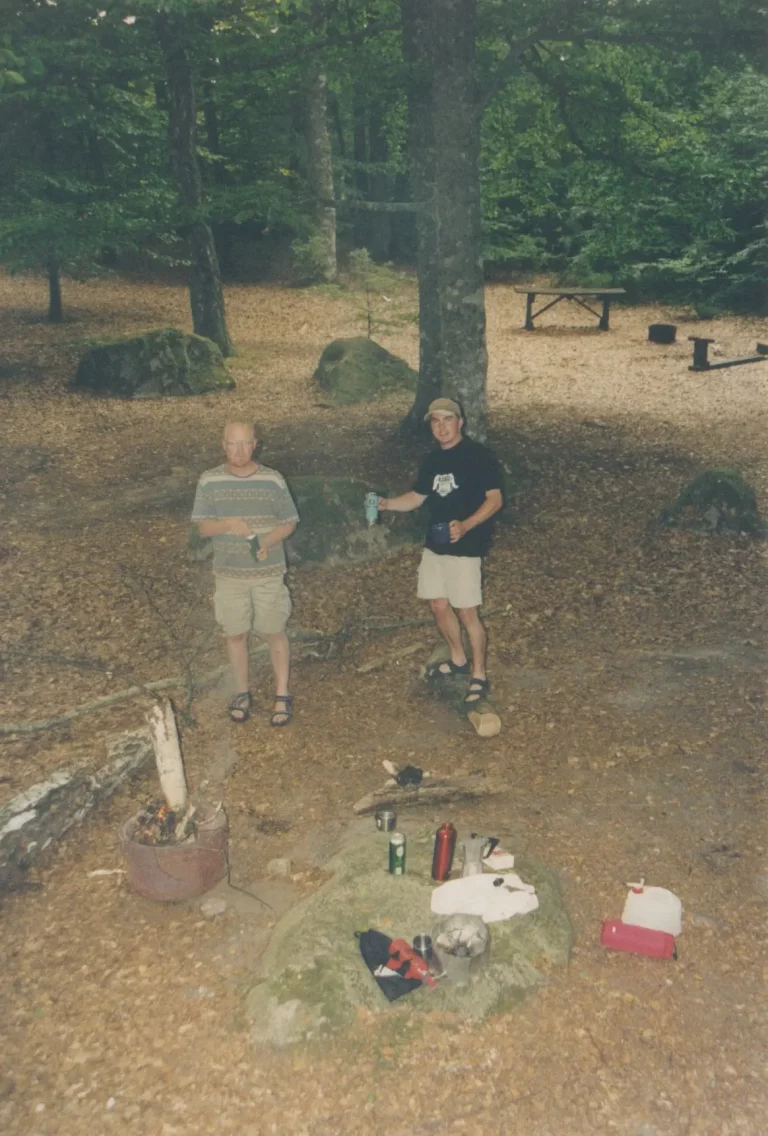
The next day we reach Lake Asnen.
This is the largest lake on our tour and offers many options for camping and spending the night.
On this day we drive to just before Torne and set up our fifth camp on the west bank.
A simple fireplace with seating invites us to stay there.
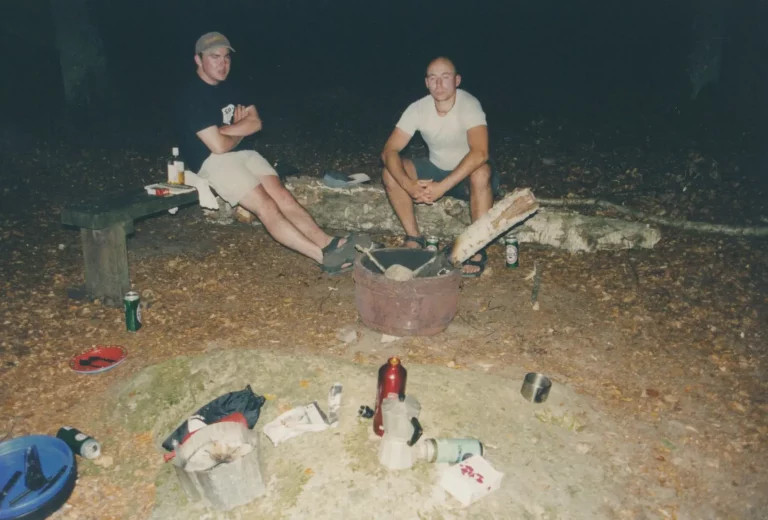
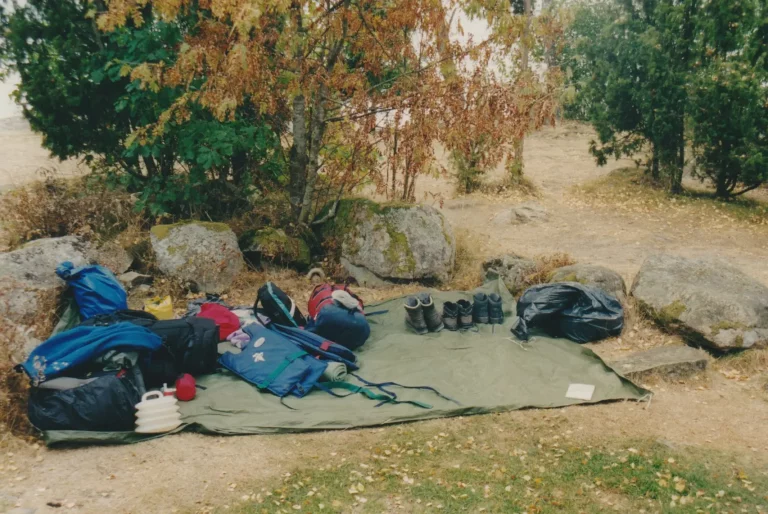
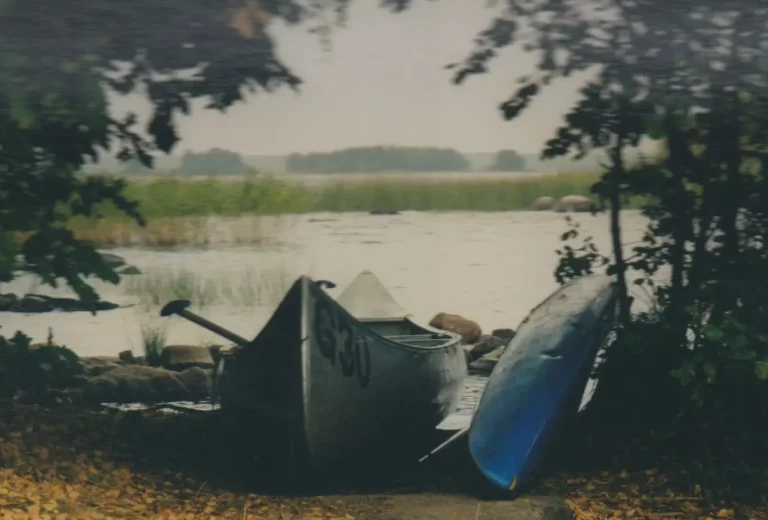
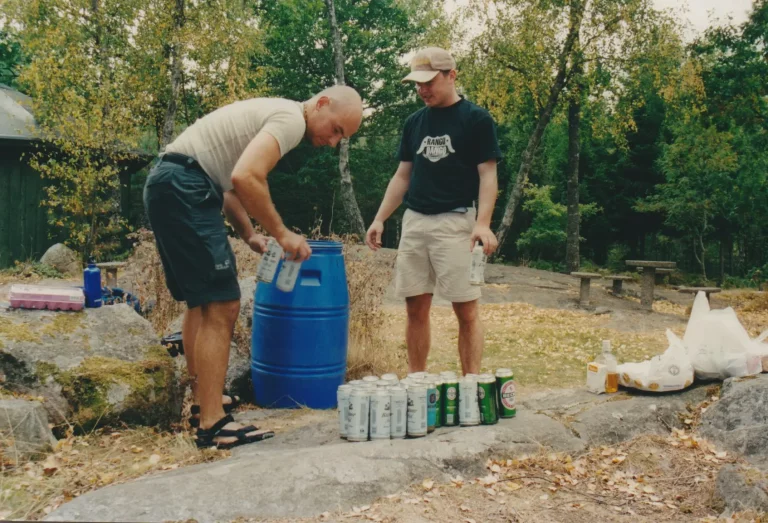
The next day, with light cloud cover, we continue south along the western bank.
On a headland north of Hulevik we find a premium campsite with a hut, tables, seats and a fire pit.
There is even a simple oven with a wire rack.
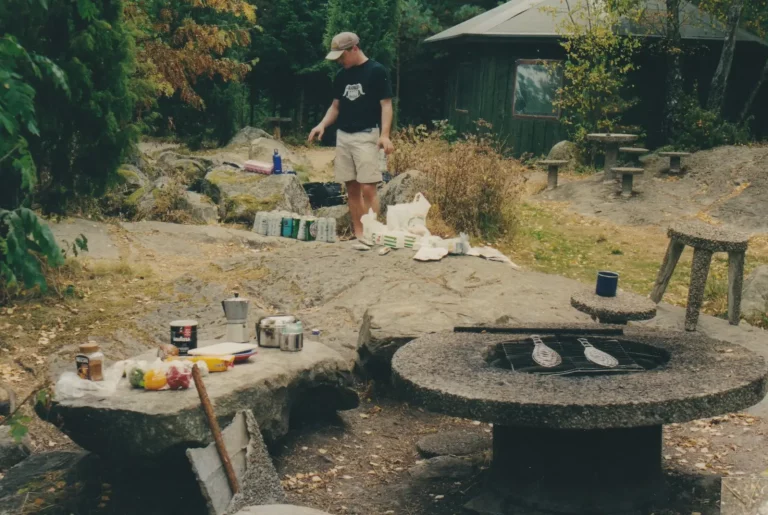
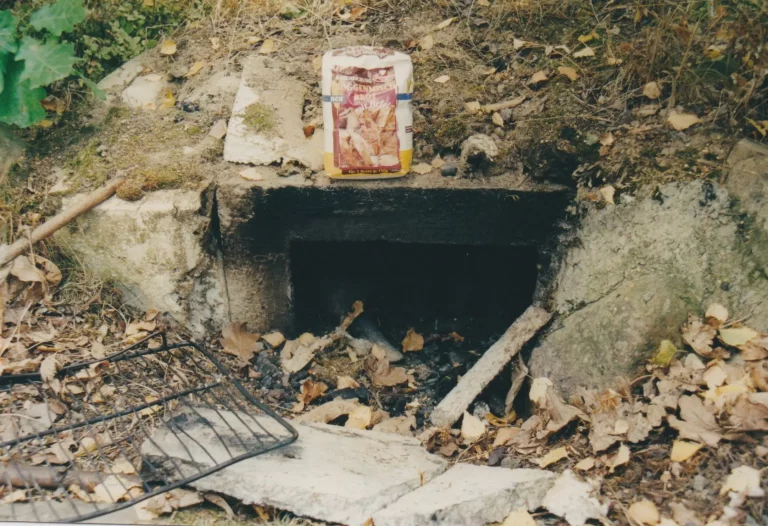
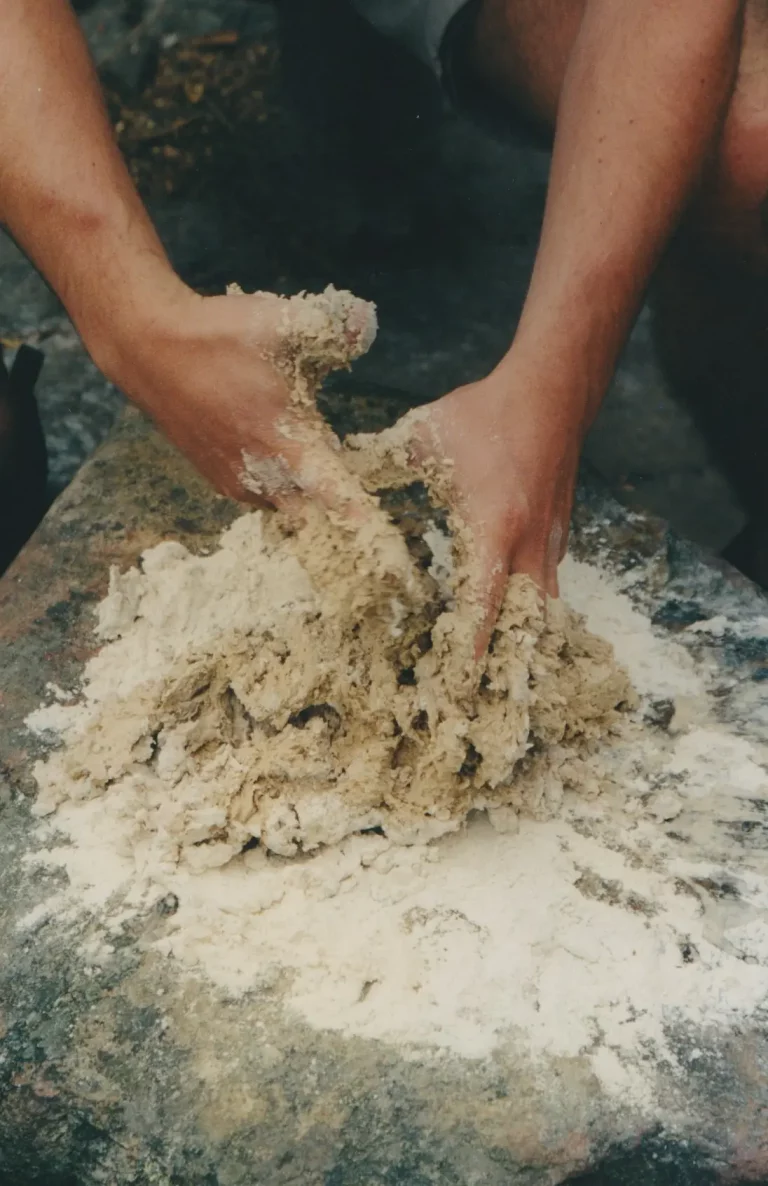
Since our provisions also contain a packet of bread baking mix, we heat up the oven without further ado.
Wolfgang takes care of the dough and after a short rising time the well-shaped pieces of dough go into the embers.
By regularly checking the baked goods, we are able to get the loaves out of the embers at the right time and well baked.
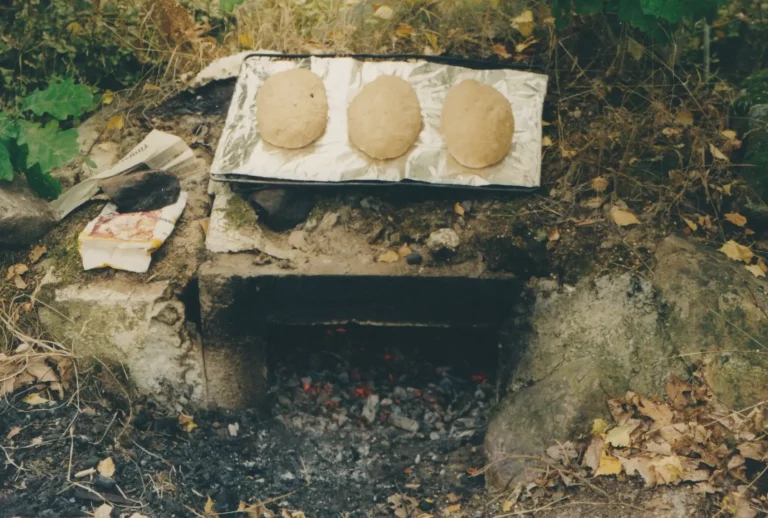
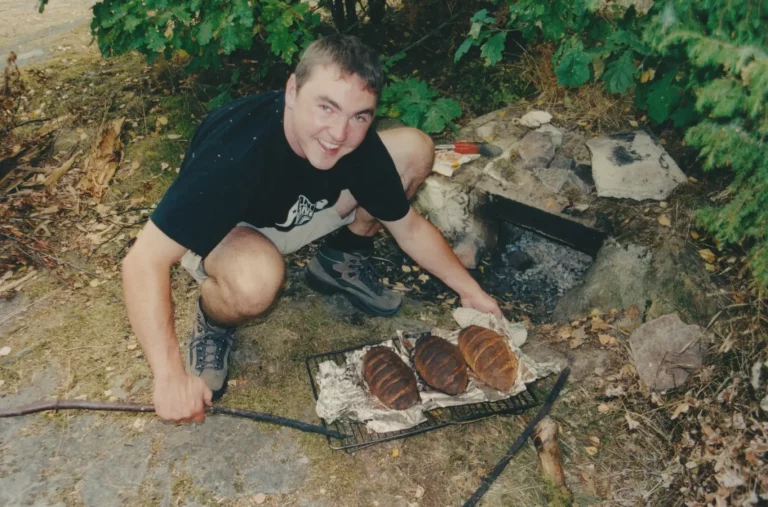
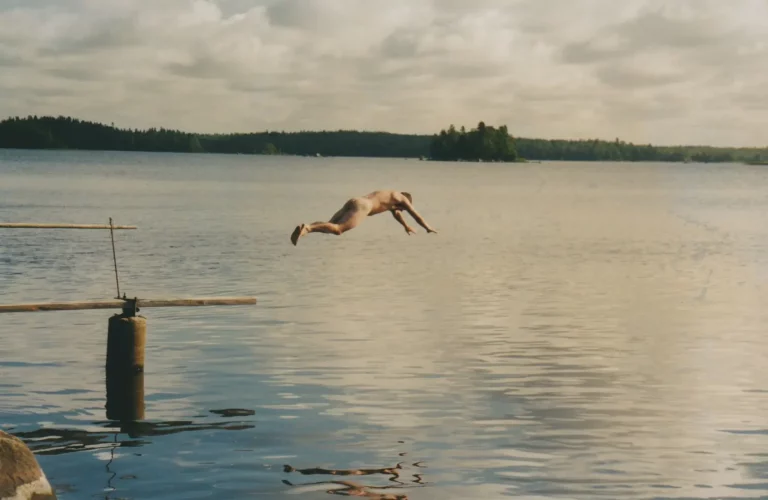
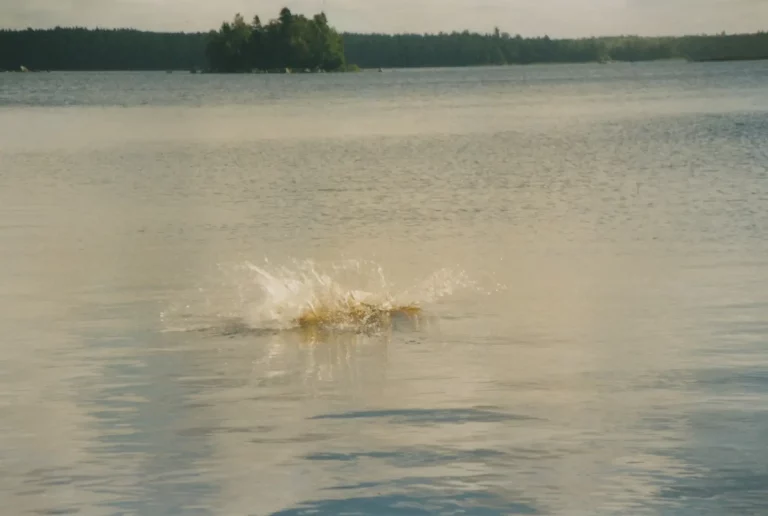
While the bread cools down and the sun comes out again, we use the existing jetty and the wonderful lake to practice the necessary personal hygiene.
Towards the evening we enjoy our freshly baked bread in our premium seats directly on the beach.
This is the best thing we’ve eaten in a long time.
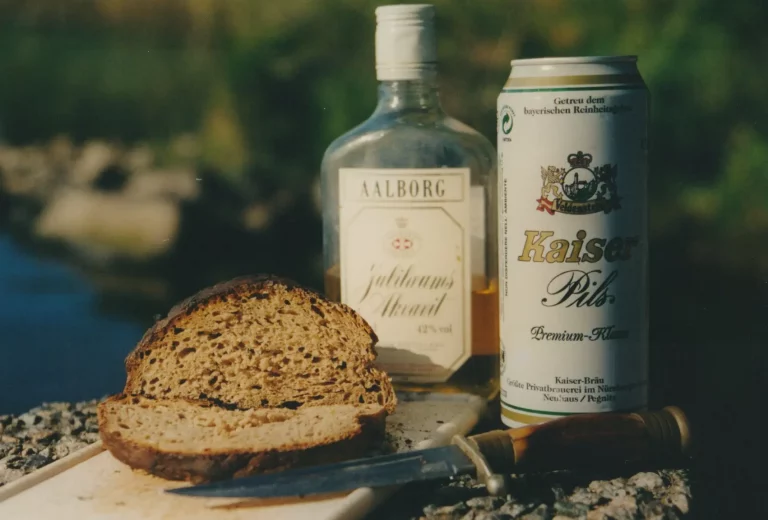
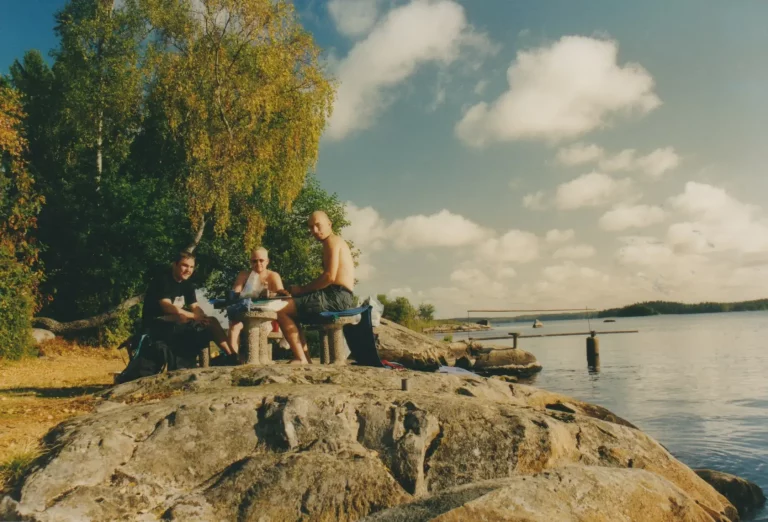
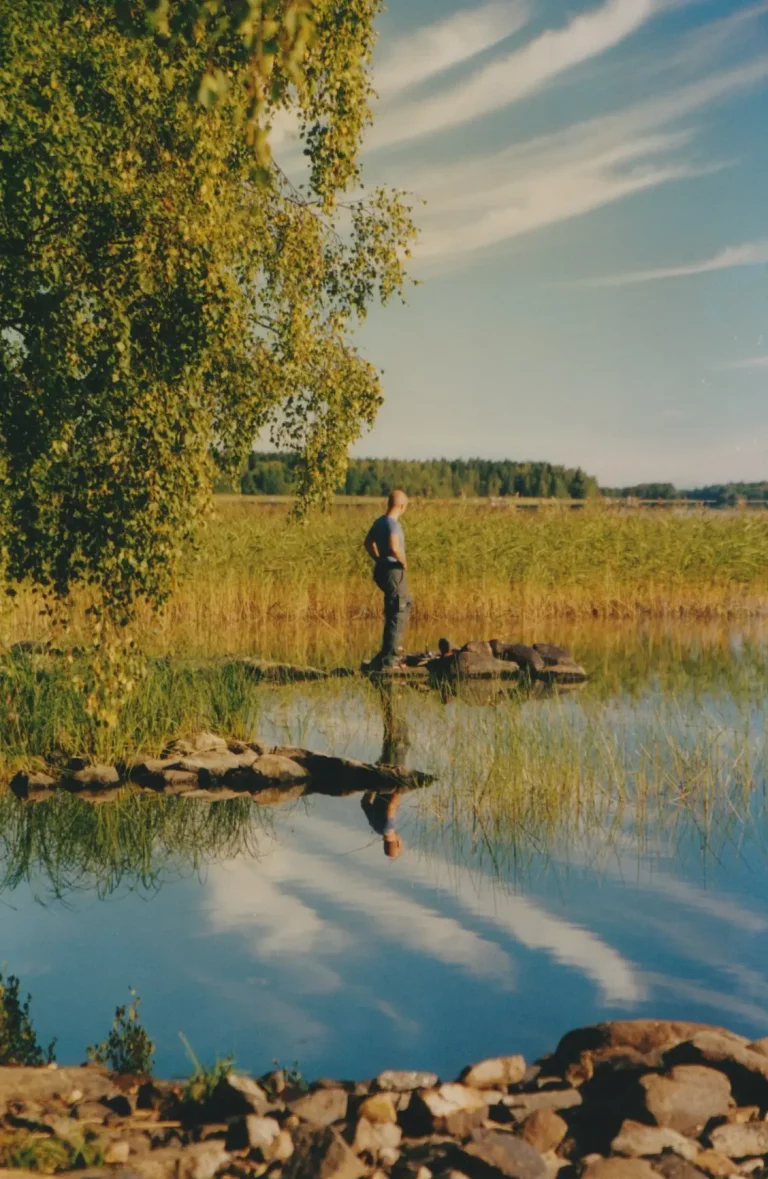
So the sixth stage comes to an end with no wind and the most beautiful evening sun.
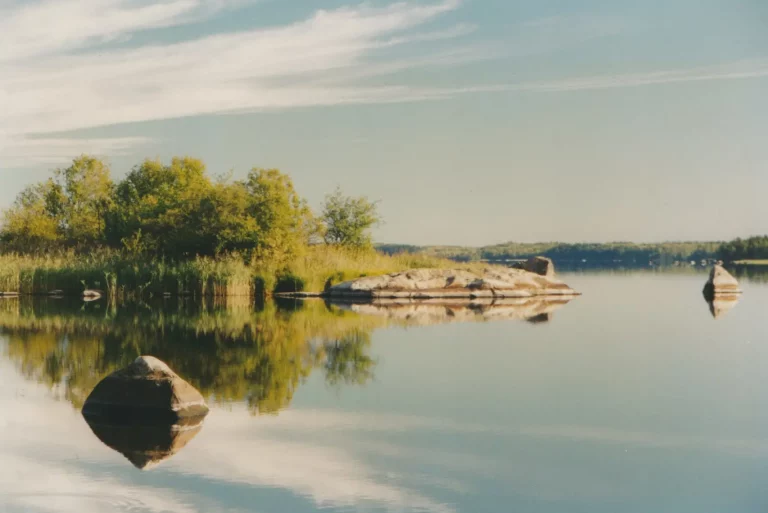
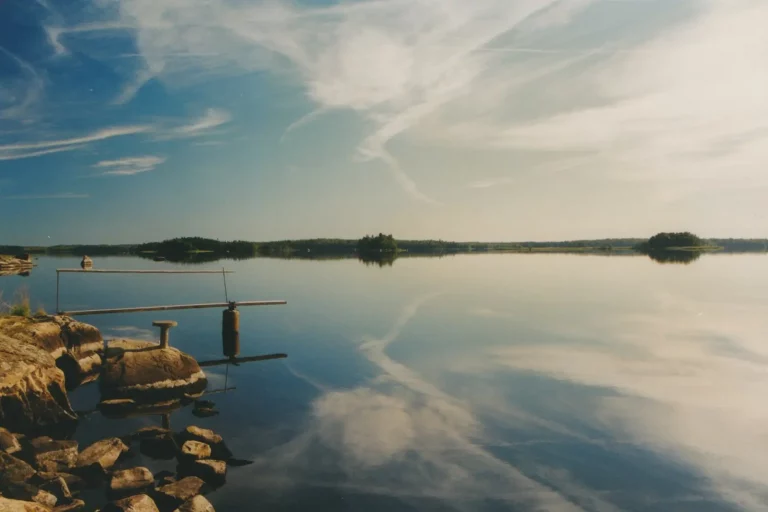
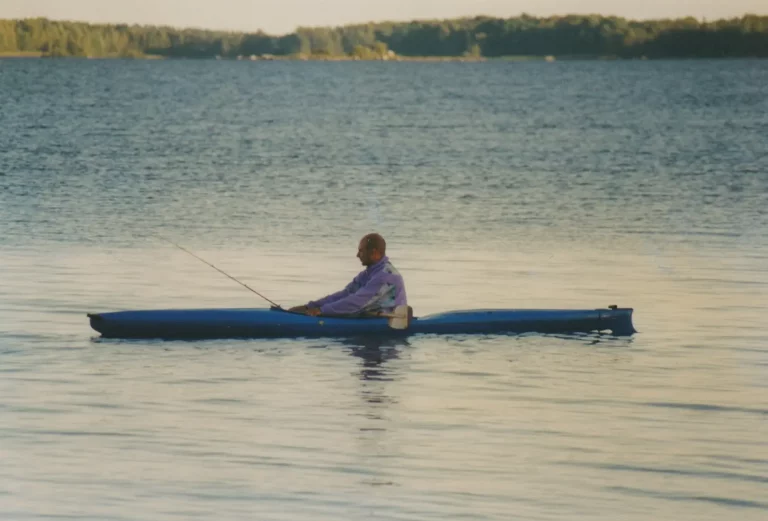
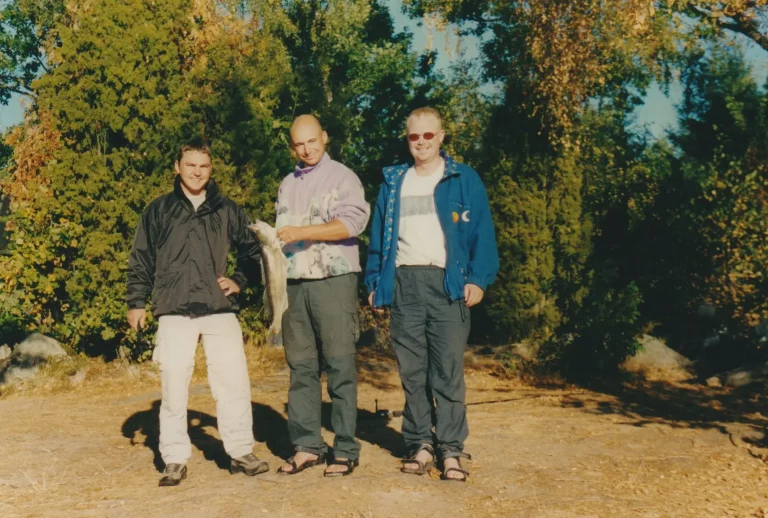
On our seventh stage we cross the Asnen to the east.
We drive north past the three large islands to the northernmost camp site (Sommare Udde) on the Getnö Gard peninsula.
We also had luck fishing there for the first time.
Dieter catches a nice zander which we prepare with rice for dinner.
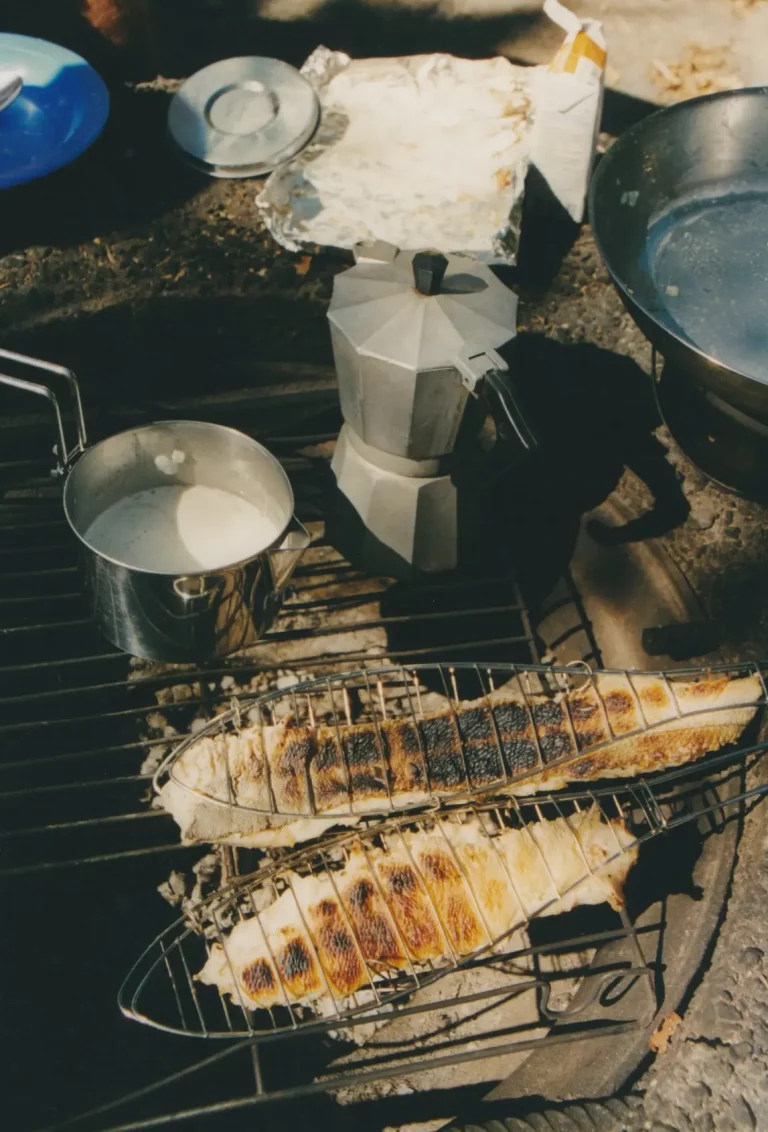
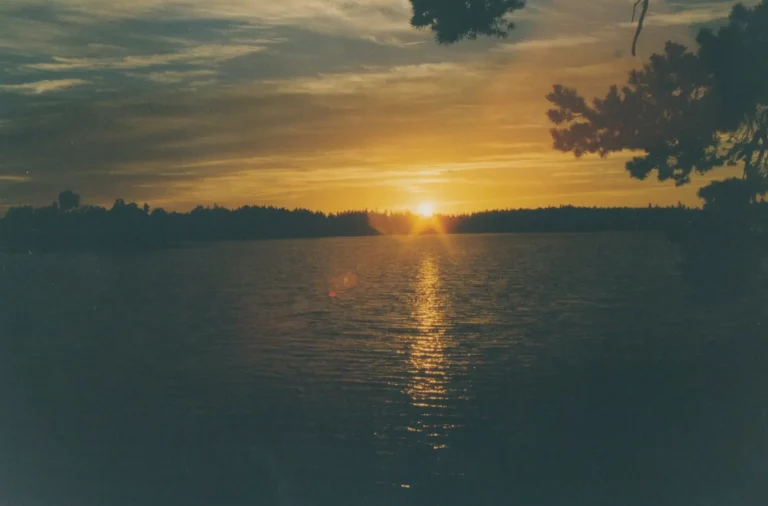
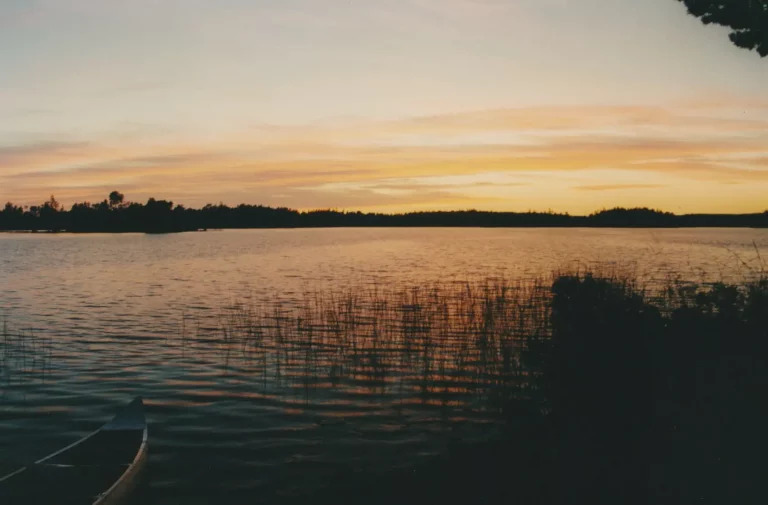
That evening we see a beautiful sunset.
The next morning greets us with fog, but it doesn’t take long for the sun to clear it up again.
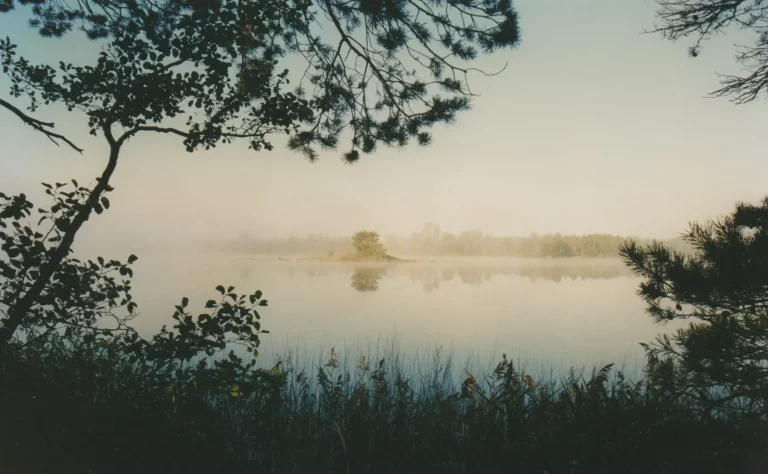
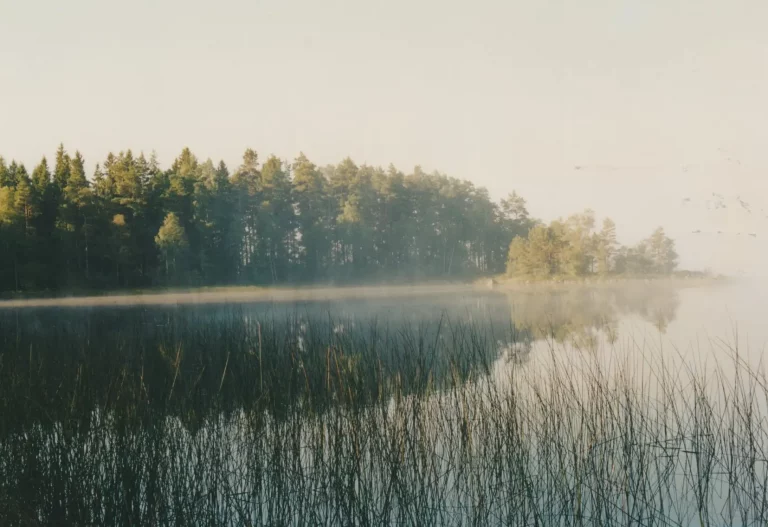
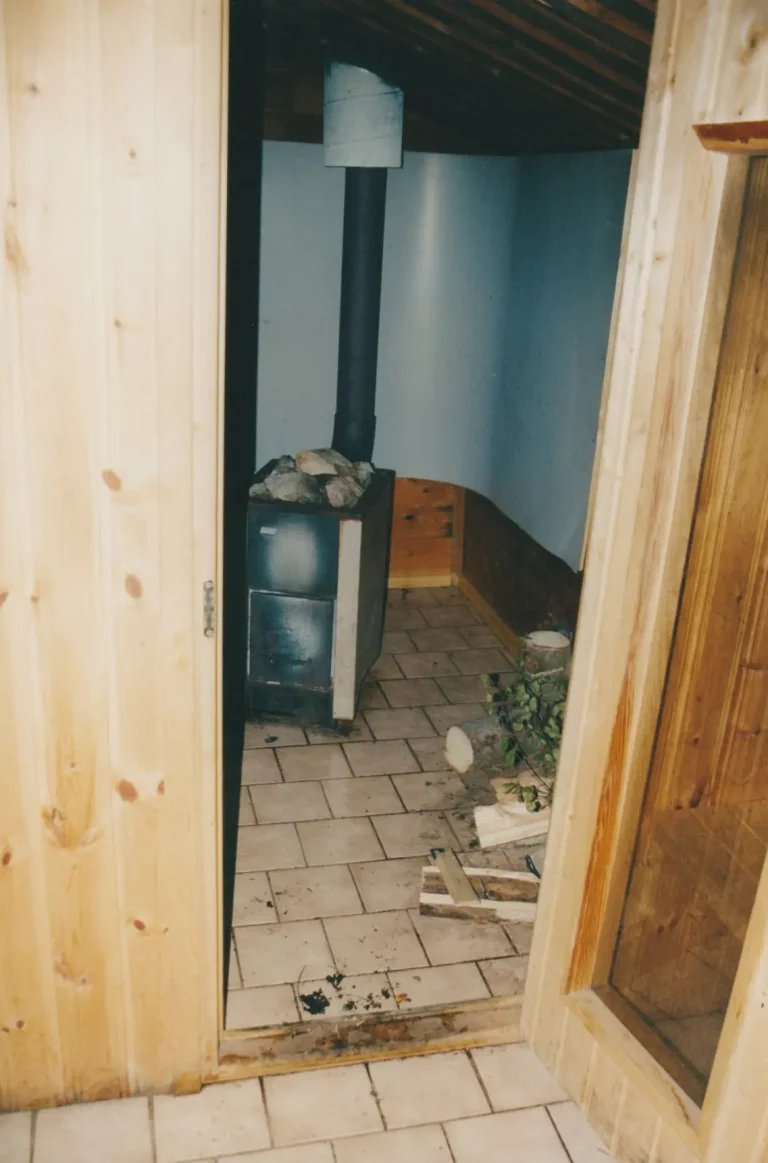
On our eighth and penultimate stage we pass a lonely sauna hut.
The hut is unlocked and so inviting that we just light a fire in the oven and take a few sauna sessions.
This also has the advantage that we spend our last night in the tent, thoroughly cleaned, before we end the tour tomorrow.
After this wellness session we continue on our way to our last camp.
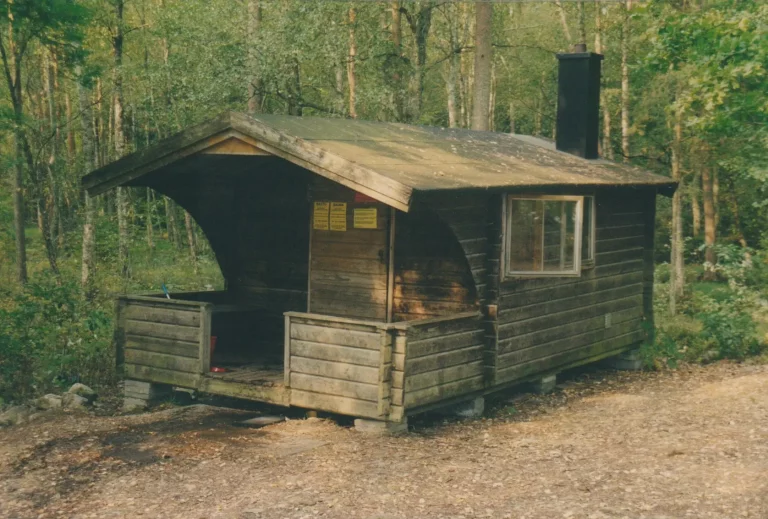
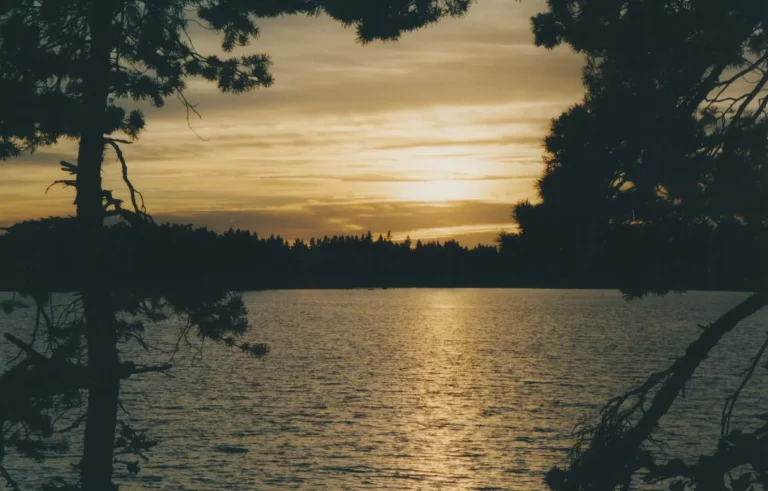
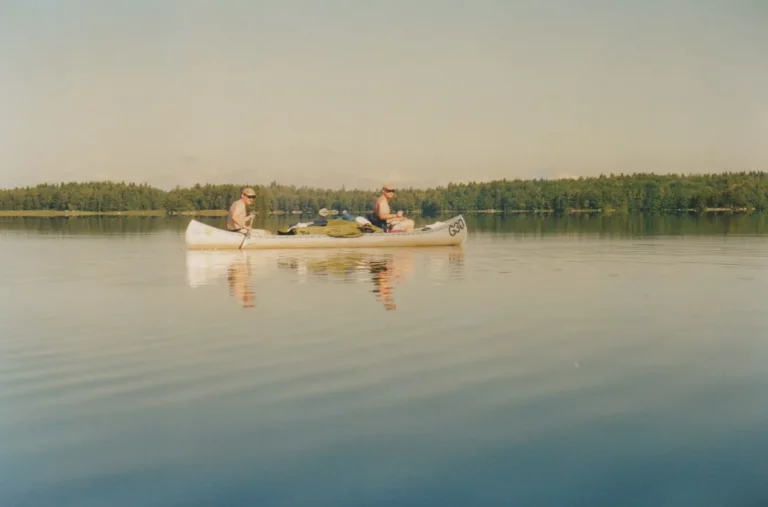
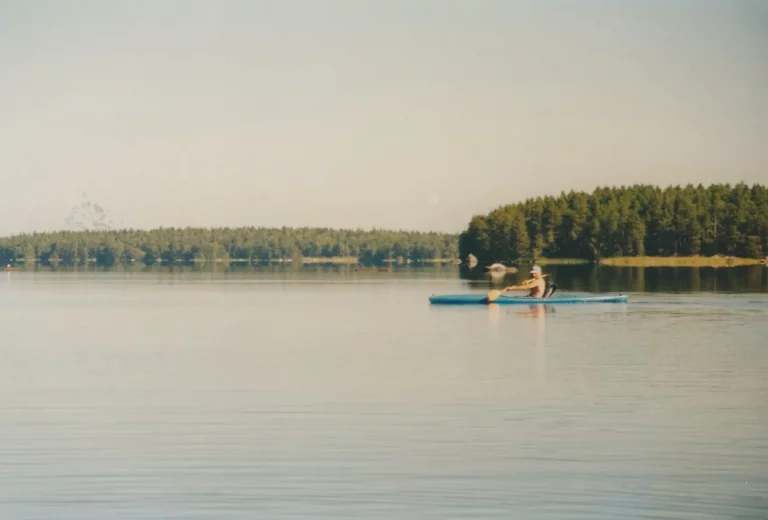
Our eighth campsite is Toftasa, about five kilometers north of Alshult.
There we make another hearty meal from the leftover provisions.
We also make sure we don’t have any full beer cans left at the end of the tour.
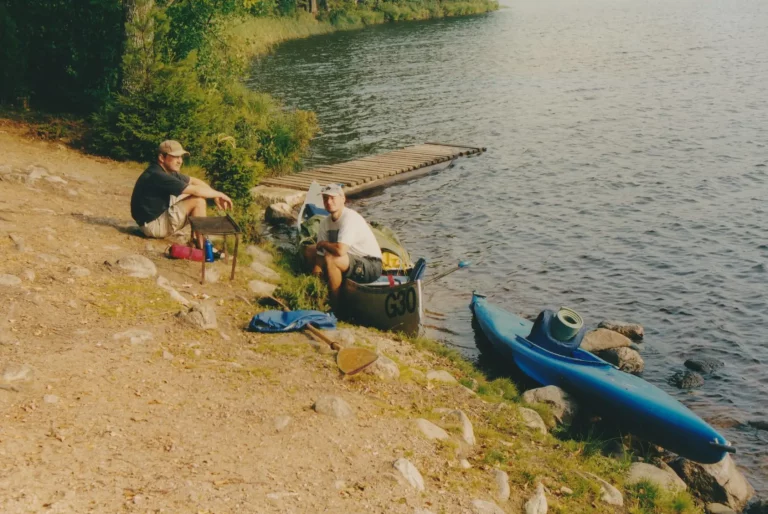
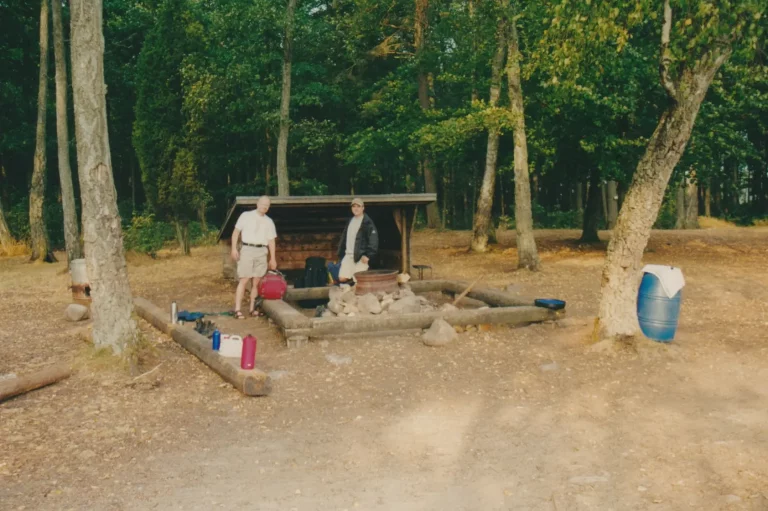
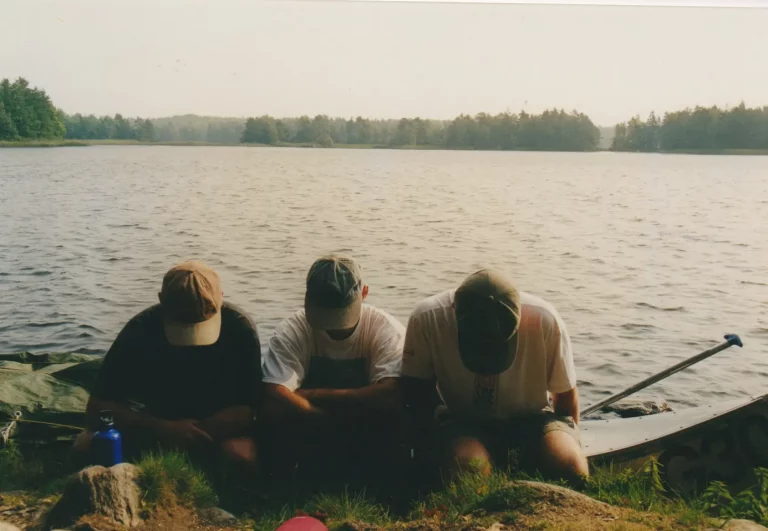
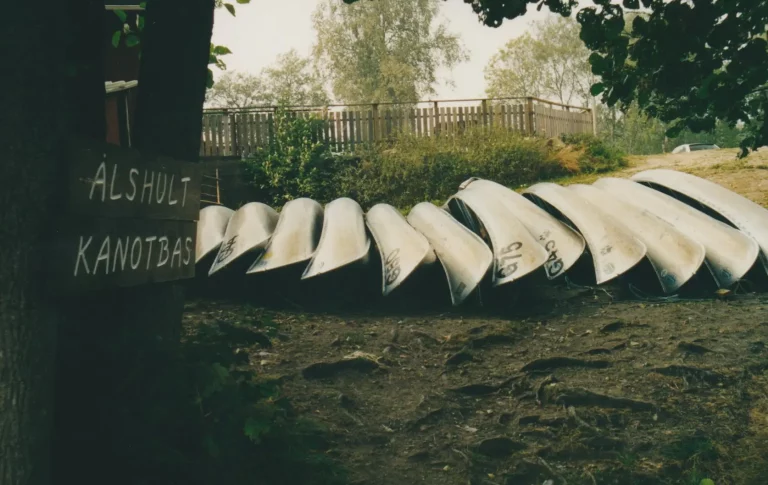
As we set off for the ninth and final stage, we only hang our heads for a brief moment before setting off to sea again.
At the destination of our tour we hand in our canoe and kayak at the Alshult Kanotbas.
We then drive north to Gemla, where we enjoy a delicious crab dish at a crab farm in the evening.
We pitch our tent one last time, but there is no chance of sleeping that night, because the protein from the crabs causes restlessness and unrest in our dieted bodies, which keeps us awake all night.
A little sleepy, we set off on our journey home the next morning and were back in Swabia in the late evening.
